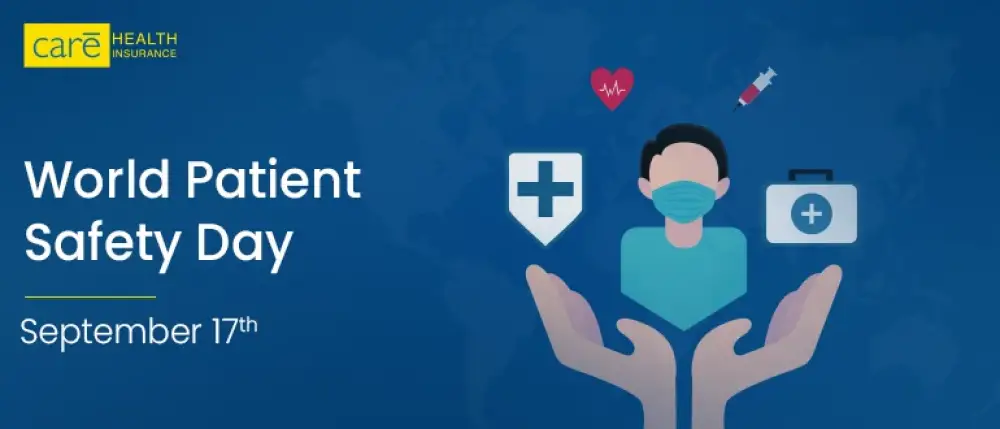
The World Health Organization (WHO) has said that about 16 percent of preventable patient harm is caused by diagnostic errors, with almost all adults likely to experience it in their lifetime.
WHO Director-General, Tedros Ghebreyesus, who disclosed this in a message to commemorate the 2024 World Patient Safety Day, noted that millions of people experience avoidable suffering every year, putting a huge burden on health systems and increasing healthcare costs.
Tedros observed that diagnostic errors can include missed, incorrect, delayed, or miscommunicated diagnoses, leading to serious harm and even death.
He said, “The right diagnosis at the right time is the basis of safe and effective care. Reducing these risks takes collaboration between healthcare workers and managers, policymakers and regulators, civil society and the private sector, and importantly patients and their families. Together, let’s get it right and make it safe.”
World Patient Safety Day is observed on 17th September every year to raise public awareness and foster collaboration between patients, health workers, policymakers, and healthcare leaders to improve patient safety.
This year’s theme is “Improving Diagnosis for Patient Safety,” with the slogan “Get it Right, Make it Safe.” It highlights the critical importance of correct and timely diagnosis in ensuring patient safety and improving health outcomes.
WHO stated that patient harm potentially reduces global economic growth by 0.7 percent yearly and indirectly costs trillions of US dollars on a global scale.
It noted that diagnosis identifies a patient’s health problem and is key to accessing the care and treatment they need.
READ ALSO: WHO warns of snakebite antivenom shortage as floods worsen
WHO pointed out that diagnostic error is the failure to establish a correct and timely explanation of a patient’s health problem, which can include delayed, incorrect, or missed diagnoses, or a failure to communicate that explanation to the patient.
It notes that diagnostic safety can be significantly improved by addressing the systems-based issues and cognitive factors that can lead to diagnostic errors.
WHO urged policymakers to ensure appropriate national guidelines, protocols, and regulations exist and are implemented, and that necessary budgets and resources are allocated.
The global health body advised health facility and program managers to create safe and conducive working environments, promote continuous improvement, and ensure adequate systems, standards, and processes are in place.
According to WHO, health facility and program managers should also ensure that diagnostic tools and technologies are well-maintained, sharing user feedback with the manufacturer quickly to improve systems.
“At the individual level, patients and their families should proactively participate in the diagnostic process by sharing their symptoms and full medical history, asking questions, raising concerns, and following up on test results,” it added.






